Table of Contents
Introduction
The tokenization of real-world assets (RWAs) is one of the hottest narratives in crypto right now. Among the players in this space is Brickken, a business-to-business (B2B) platform offering a software suite to help companies tokenize assets and manage their entire security token lifecycle.
In this post, we explore Brickken’s tokenomics, partnerships, technology, team, and community engagement and why it might be a game-changer for businesses and investors alike.
What is Brickken?
Brickken is a Web3-based platform designed to help businesses tokenize real-world assets through a decentralized protocol. Their main product is the “Token Suite,” a software solution that allows businesses to create digital assets, raise funds via Security Token Offerings (STOs), and manage capitalization tables.
The platform provides tools to issue utility, payment, and security tokens, offering a full range of tokenization services. These services include legal, compliance, and governance frameworks — a significant plus for companies seeking to go on-chain while remaining compliant.
Key Features of Brickken
- Token Suite: Helps businesses issue, manage, and distribute security tokens.
- Capitalization Table Management: On-chain tools to manage ownership and investor data.
- Compliance Built-In: Offers KYC, AML, and legal features.
- Web3 Governance Tools: While intended, the DAO functionality is currently inactive.
- Expert Marketplace: Connects businesses with legal, marketing, and finance professionals.
Market Positioning
Brickken operates in the growing real-world asset tokenization space. With governments and institutions looking into blockchain for securities and compliance, Brickken positions itself as a tool for transitioning from traditional finance to decentralized models.
Their focus on European and Spanish institutions suggests regional backing and regulatory alignment, particularly through funding from the European Union and participation in blockchain-focused conventions.
The Role of the White Paper
A technical white paper is often the first document investors read when evaluating a crypto project. Bricken Transform’s white paper is described as being very detailed and academic. It explains the project’s vision, the process of tokenization, and the role of the decentralized application (dApp) in managing tokens and digital assets.
While the depth of information can be appreciated by those looking for a thorough understanding, the white paper has been criticized for being overly complex and filled with technical jargon. For newcomers, this can make it hard to grasp the key points. A more concise and reader-friendly version could help bridge the gap between technical experts and everyday investors.
Tokenomics: A Mixed Bag
Brickken’s native utility token is BKN, which powers the Token Suite and facilitates fees, transactions, and governance (though the governance aspect is not yet active).
- Total Supply: 150 million BKN
- Current Circulating Supply: ~71 million (as per CoinGecko, CoinMarketCap, and Etherscan)
- Treasury Allocation: 28.3%, fully controlled by the team
- Team Allocation: 16%, vested over 5 years with a cliff in July 2026
- Community Sale: Significant early stakeholder allocations
Concerns
The biggest red flag is ambiguity in tokenomics. Despite multiple sources stating similar figures, the co-founder claims that current supply data is incorrect but doesn’t provide verifiable evidence.
Also, the treasury is not governed by a DAO, meaning the team retains full control. This raises concerns about decentralization and the potential for sell pressure when the cliff unlocks.
Expect a significant token unlock in mid-2026, which could create major dilution.
Exchange Listings
Currently, BKN is listed on only a few smaller exchanges.
Why That’s Good
- Low cap gem potential: Early listings mean there’s still room for upside if larger exchanges come on board.
- Upside Catalyst: A listing on Binance, Coinbase, or even Bybit could cause a price surge.
Team & Leadership
Brickken has a strong team with backgrounds in law, finance, marketing, and blockchain development.
- Edwin Mata (CEO & Co-founder): Legal expert, lecturer in international law, and blockchain advocate.
- Other Co-founders: Include marketing and fintech professionals.
- Development Team: Includes blockchain developers, front-end devs, and a head of blockchain.
This diverse mix of talents helps Bricken Transform navigate the complex landscape of tokenization and digital asset management. Still, some concerns remain about the level of centralization — particularly with the treasury being heavily controlled by the team — which may impact the long-term decentralization of the project.
Community & Socials
Brickken has a decent following on X (formerly Twitter) with over 85K followers and solid engagement. Their Telegram is active, while their Discord is relatively quiet.
They’ve made efforts to be transparent, offering updates and even speaking directly with community members and influencers.
Partnerships and Ecosystem
An essential part of Bricken Transform’s strategy is building strong partnerships. The project has collaborated with a wide range of entities, including reputable names from media, legal, finance, and technology sectors. These partnerships help enhance the credibility of the project and can also drive adoption.
However, there is a note of caution: while many logos and names are associated with Bricken Transform, it is important for investors to understand the nature of these relationships. Not every listed partner may be providing strategic support. The real value lies in how these partnerships contribute to the project’s growth, technology, and market presence.
Roadmap and Future Outlook
A clear and achievable roadmap is critical for any crypto project. Bricken Transform has outlined plans that extend into 2025 and beyond. Key areas of focus include:
- Enhancing the dApp: The project plans to improve its decentralized application, making it easier for businesses to issue and manage tokens.
- Expanding Smart Contract Capabilities: As blockchain technology evolves, the team intends to update their smart contracts to maintain security and efficiency.
- Strengthening Partnerships: With an emphasis on strategic collaborations, Bricken Transform aims to create a more interconnected ecosystem that supports real-world asset tokenization.
- Improving Transparency: One of the main areas for improvement is reducing ambiguity around tokenomics and distribution. A more transparent vesting schedule and clearer data on token circulation could boost investor confidence.
While the roadmap is promising, the project will need to address the challenges of token dilution and centralization. Investors are advised to keep a close eye on upcoming milestones and the overall market environment, especially as regulatory frameworks continue to evolve.
Final Thoughts
Brickken brings a solid idea to the table: making real-world asset tokenization accessible and compliant for businesses. Their Dapp offers real utility, and the team has the talent to execute.
However, the lack of a functioning DAO, full treasury control by the team, and unclear tokenomics raise serious concerns about transparency and decentralization. These risks can affect investor confidence and long-term sustainability.
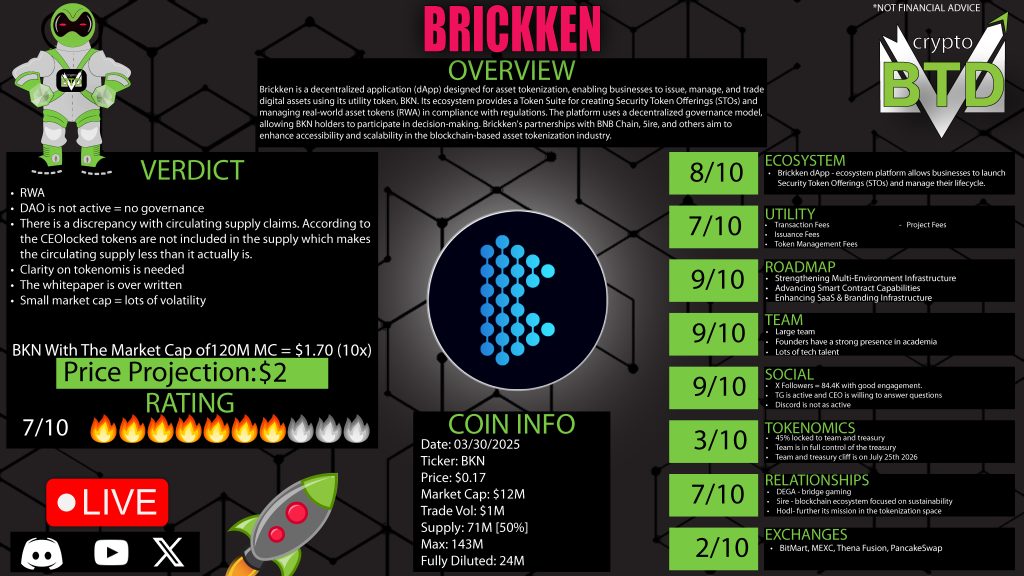
Pros:
✅ Unique niche in real-world asset tokenization
✅ Strong, capable team
✅ Active in EU crypto and academic circles
✅ Real utility through their Dapp
Cons:
❌ Unclear and possibly misleading tokenomics
❌ No working DAO
❌ Token unlock cliff in 2026 could cause sell pressure
Conclusion
This is a high-potential but high-risk project. It could become a leading platform in the RWA tokenization narrative if it addresses transparency and governance issues. For now, Brickken is one to watch closely.
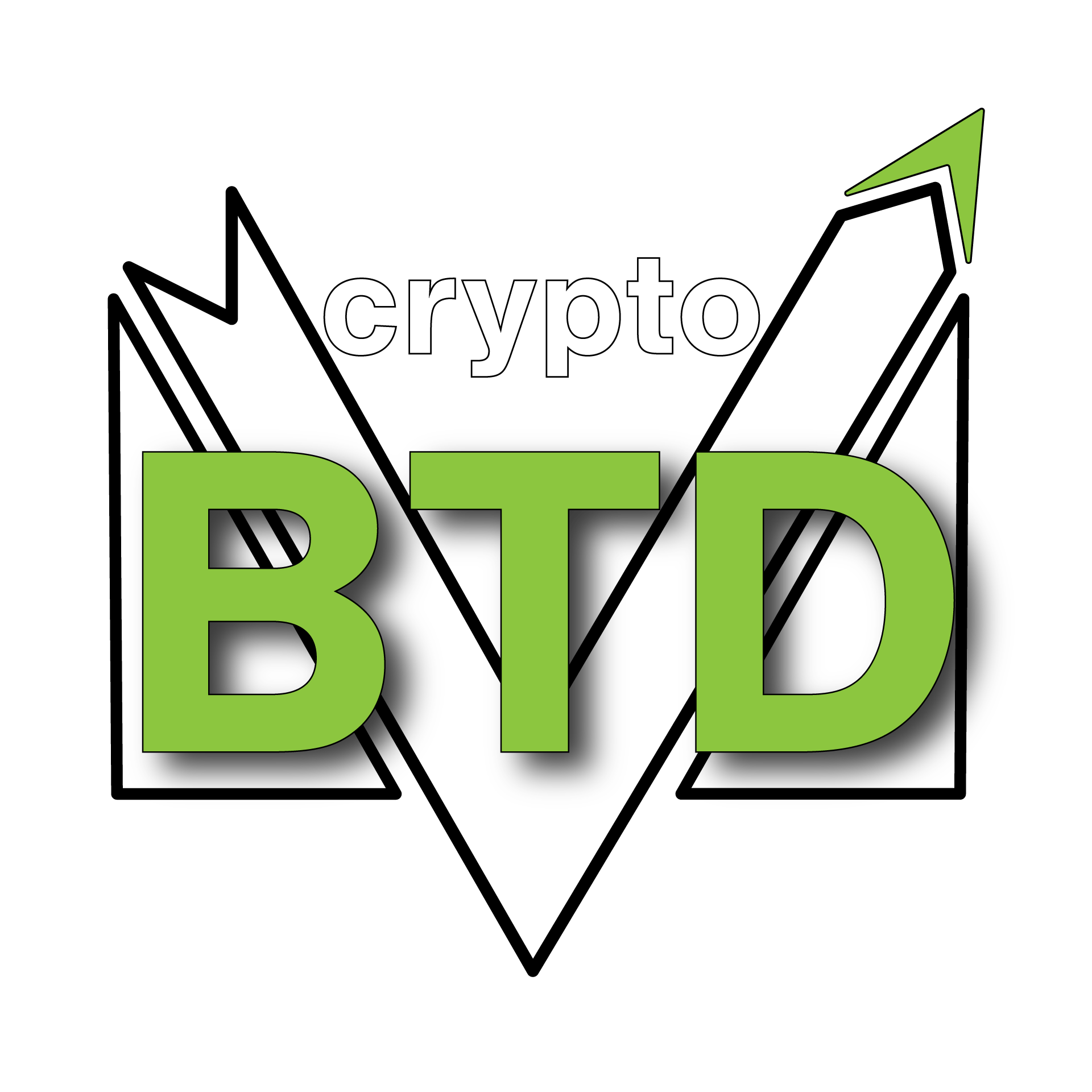
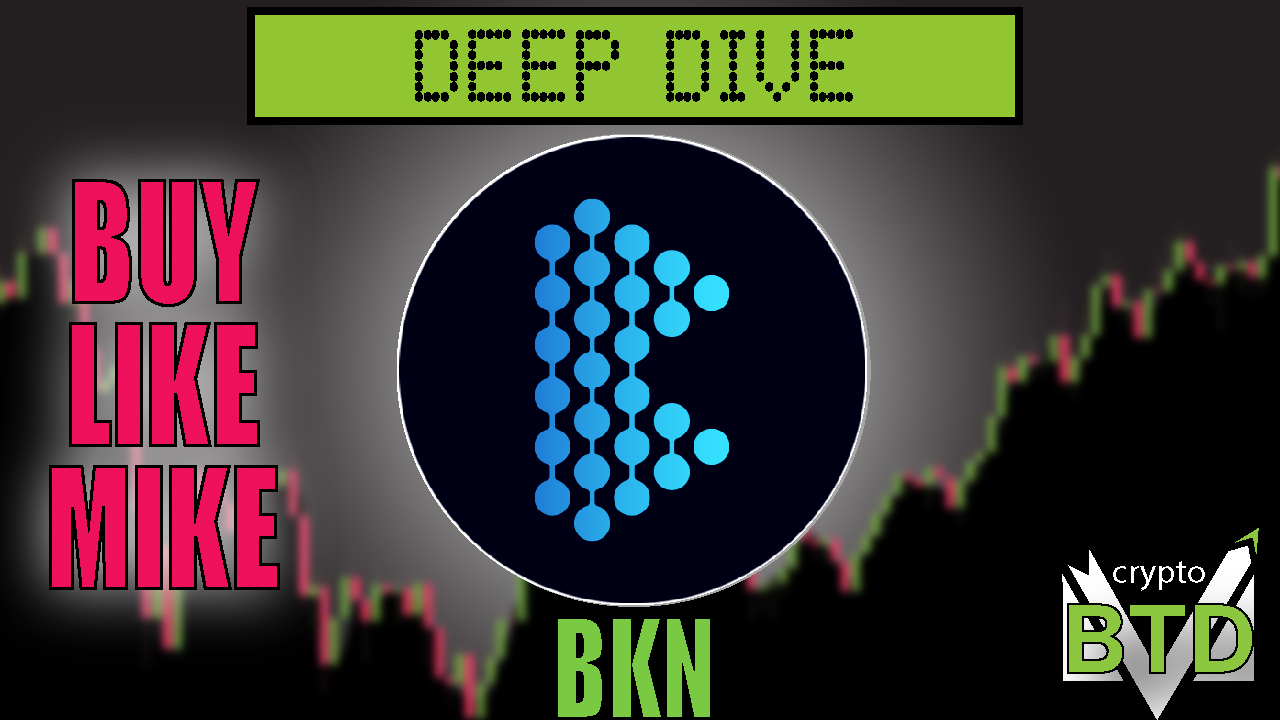
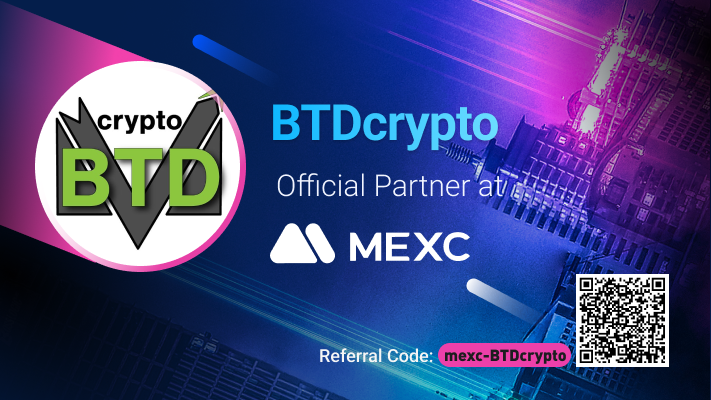
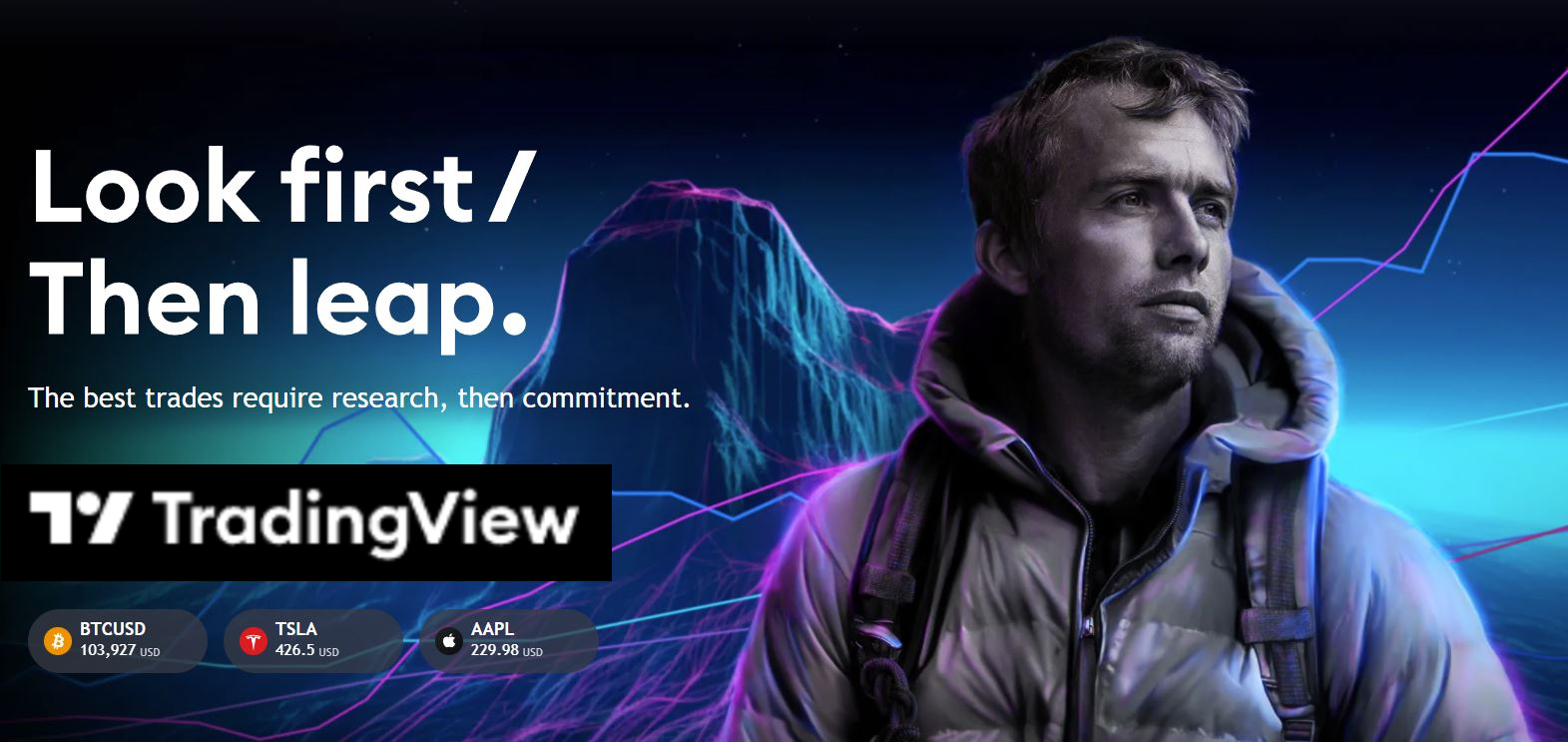
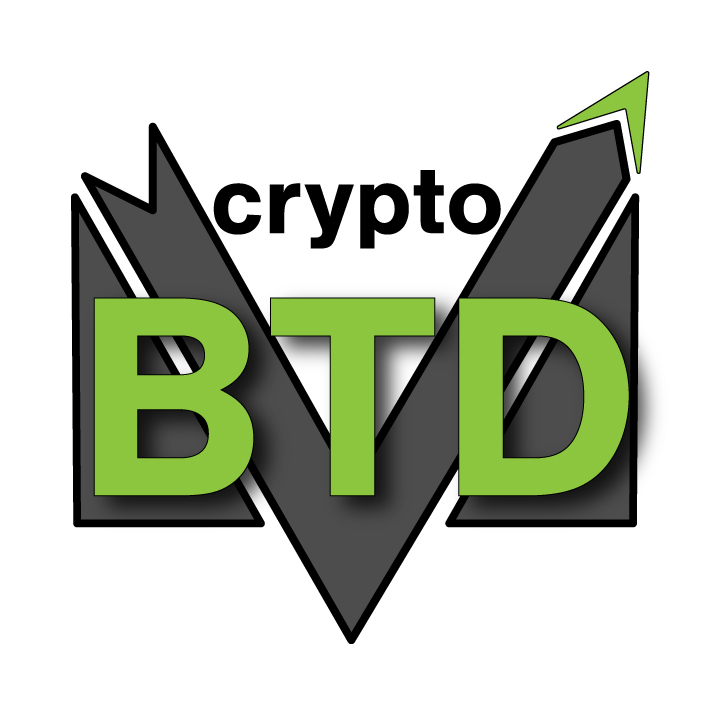

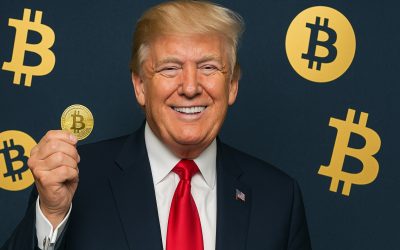
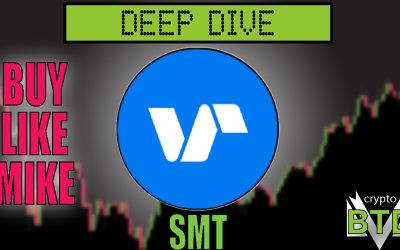
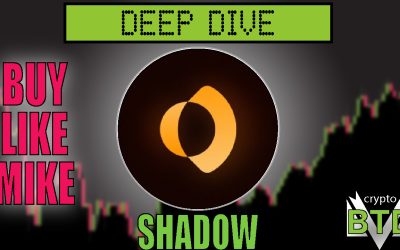

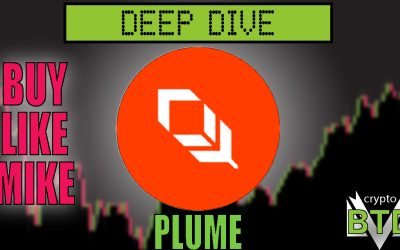
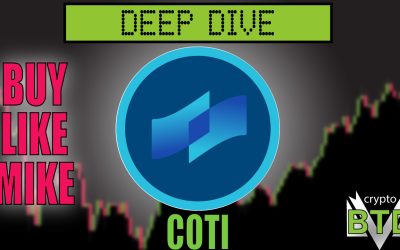


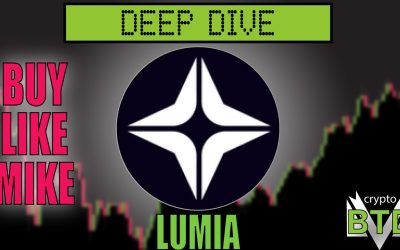

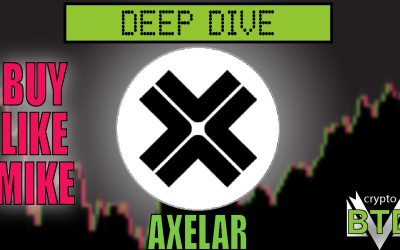
0 Comments